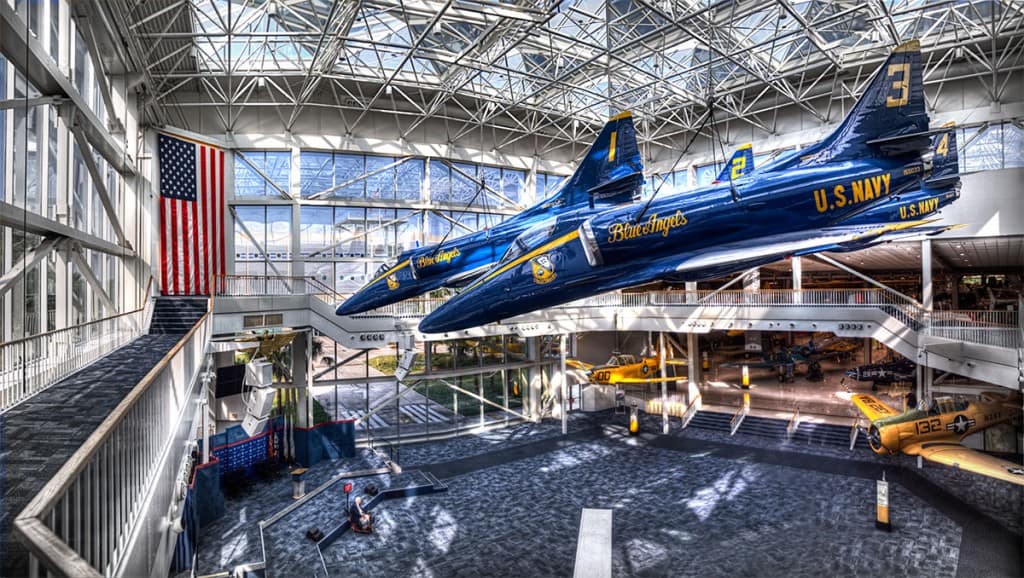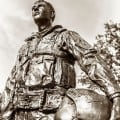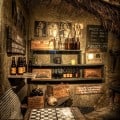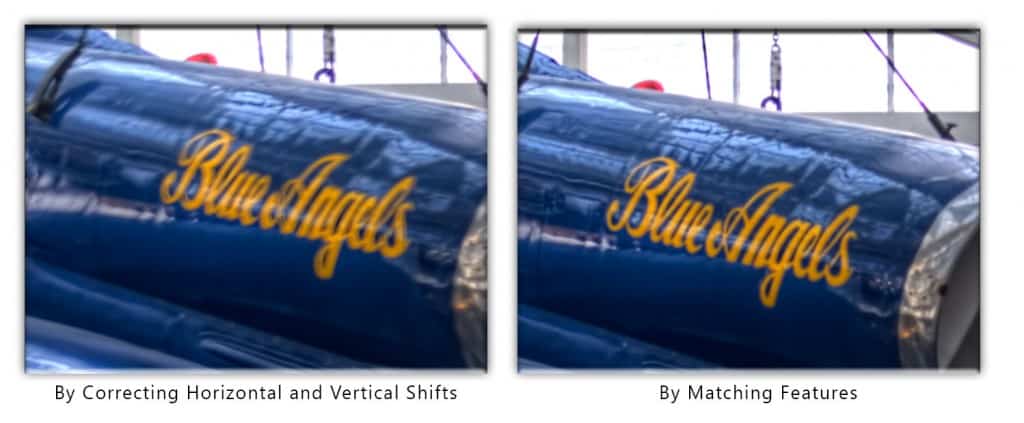I was in Pensacola last week for some training and had a few minutes one afternoon to venture about. I stopped into the Navy Aviation Museum and had a blast photographing the Blue Angels on display. I don’t know much about aviation and sadly cannot tell you the difference between an F-15, 16 or 18, however, I do enjoy some pretty cool material to photograph!
I was pleasantly surprised to find they had more to photograph than the aircraft. There were impressive statues outside and some setups throughout the museum that made you feel like you were in the era the aircraft were flying. Very well done! I did have to fight with museum lighting and rules, which meant high ISO’s, low Apertures, and no tripod. It was difficult to rattle off 5 exposures without camera or handshake, but I made do with what I had and utilized walls for stability at every chance I could.
Photo Tip For The Week:
I have processed well over 1000 images in Photomatix, but from time to time I still make mistakes (actually my failures far out weigh my success)! Complacency is a true killer of craftsmanship, I train that all the time and yet found myself complacent this weekend while I was processing.
I set my Photomatix up to process my photos, I made it through over 200 bracketed photos before I really looked at my settings. I had set all of these hand held exposures to be auto aligned via “Horizontal and Vertical Shifts”. I should have selected by “Matching Features”, which is a slower method of alignment in Photomatix but ideal for handheld exposures. Horizontal and vertical shifts is suggested for use with tripod mounted brackets. Don’t think it makes a difference? Take a look at these examples.
Notice the Blue Angels text, the image on the left appears as almost double vision, the one on the right is definitely more clear.
Don’t fall victim to complacency, remember, measure twice cut once! Check your settings, it pays off, you could save yourself hours of lost time!












